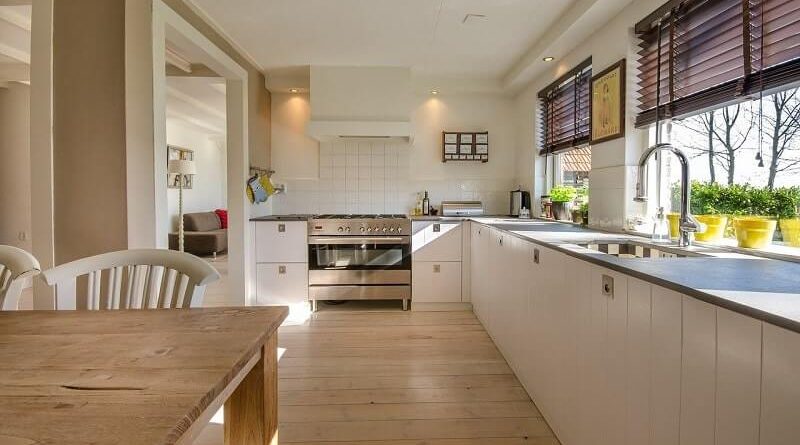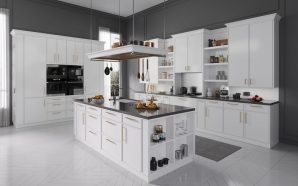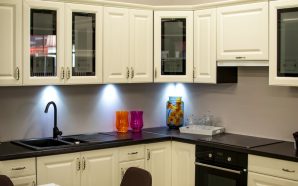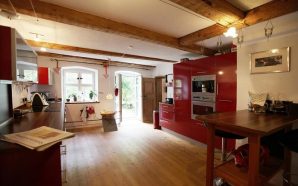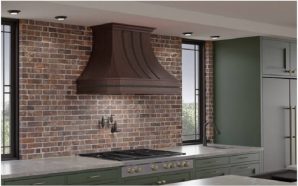Designing a new kitchen is one of the most exciting projects when it comes to renovating the home. It can also be the most expensive and time-consuming. There are a lot of things to plan out right from picking the right style to finding a designer and agreeing with the layout. It is vital that you take plenty of time to consider what it is you really want. Breaking the planning process into manageable steps will make the process easier. Think of it as a journey, and give each step all the time and consideration it needs. Well, this article can help you for guiding you in designing your new kitchen.
1. Need assessment
Your assessment for the needs will help you focus on retaining or improving particular aspects. Think about whether the actual space works or if it needs opening up or extending. The most common building work involves knocking down a wall between the kitchen and dining room, so consider creating a more open plan feel if you have the chance. It might help to ask yourself a few questions about how you want to use the space. The question that can arise is whether you simply need a place to prepare meals, or are you considering a multifunctional area where you can also have lunch or dinner with family and friends. Who do you cook for, what do you cook and how do you cook it?
2. Consider plumbing and heating
You should consider if you will be using existing plumbing for sinks and appliances or will you require additional pipework. If you are planning to include a kitchen island containing a sink or other appliances in your design, you need to ensure that plumbing and electricity supplies are in place before flooring is laid. Work out where appliances, both big and small, are going to be to ensure that you have plug points where you need them. Underfloor heating is a popular choice for kitchens as radiators can take up valuable space
3. Choose your desired model
The way you want your look to your kitchen, of course, is a very personal choice. It really helps to collect images and magazine tear sheets and put together to make a collection of your ideas. Make a note of surfaces, materials, or accessories you have seen that work well together. Even something as simple as a pretty plate, tile, piece of furniture, or a scrap of fabric can be a great starting point for choosing a theme or colors.
4. Consult a professional kitchen designer
To get the absolute maximum from your space, input from a professional kitchen designer can prove invaluable. Their experience and expertise will offer you plenty of simple ideas as well as innovative ones that you might not have even considered. Ultimately, they’ll help ensure your new kitchen works as efficiently as possible. Once the design has been completed, make sure you have a full quotation for the cabinetry and installation. Always check what is included in the cost, including whether the company will oversee the project from start to finish.
5. Set your budget
Always be honest about your budget so that your designer can help you decide where to save and where to invest even if you haven’t got large sums to spend. Don’t forget to include installation fees, as well as the kitchen itself. Finally, make sure your budget includes a 10 percent contingency fund, to cover any unexpected extra costs. Spend wisely on appliances, too, buying the best oven and hob you can afford but perhaps consider a less expensive brand for the laundry and do without the coffee machine and wine cooler. It’s all about compromise if your budget is under strain, so make sure you spend on the things that matter you can always add luxury small appliances and accessories in years to come.
6. Hire a team to work for you
After finding everything as per your requirements you need to find a team to install it. It is important to remember that the way your kitchen is installed can make all the difference. A bad fitter can make any kitchen look terrible, but a good one will ensure even inexpensive units look amazing. Ask friends and family for recommendations, or source a skilled person through a registered trade association. Often your budget will dictate how much project management is needed. If you’re buying off the shelf from a
Conclusion
Make your kitchen feel more coherent by subtly linking finishes pair a timber breakfast bar with wooden stools, for instance, or upholster the seats with fabric that ties in with your splashback. Little details, such as cabinetry handles, can make a big difference and transform a simple white scheme. Rather than buying everything from the same supplier, source furnishings and accessories from a variety of places, and mix things up to create an individual look.




